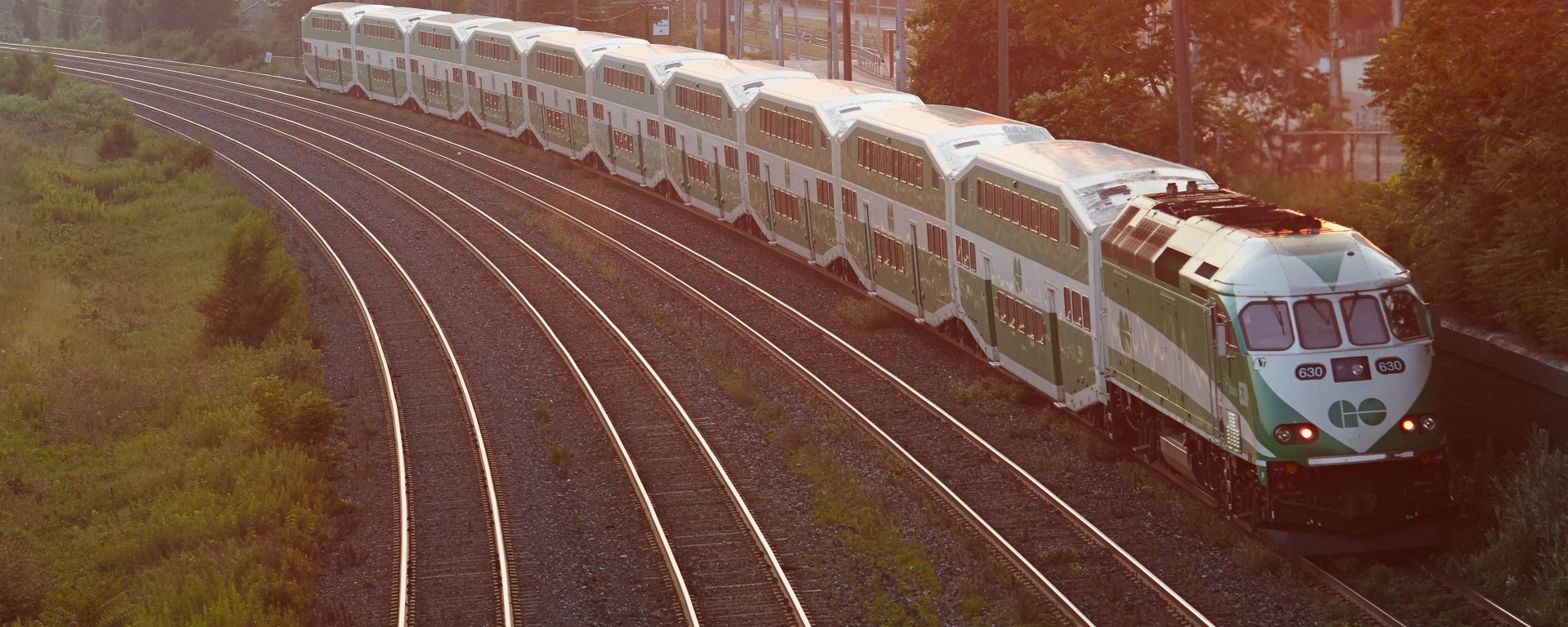i just want to say how unlikely it would be for them to really hit capacity even by then
12 car trains at crush load with 5 minute headway theoretically on all 7 lines just for one hour every day would over *quadruple* GO ridership without accounting for a single other passenger... and that's ignoring express trains.
Lakeshore West is *by far* the busiest route and just using Wiki here but 2017 stats showed 17.7 million riders for the year. If the entire ridership was focused down to 2 hours per week day (so both directions), that would equate to 34,000 passengers per direction.
The rough expected crush capacity with a full train set for 2 hours at peak would be 180,000 (~18 trains x 5000 x 2). Do you really think Lakeshore west is going to increase ridership nearly 5x in 20 years? the theoretical capacity of each electrified GO train line, using electric locomotives and bombardier bilevels is higher than the *entire* ridership of the TTC at present day.
to put the absurdity of this capacity into context, there's like 10 stations on the typical all day lakeshore west train starting at aldershot. So every station there'd have to be 2-3 people entering every station *every second* in order to conceivably hit crush capacity and I think we're a long long long long long long ways away from having 2 constant single file lines at any station and this is ignoring people getting off and people going the other direction.
like i'm not kidding here, I think you'd run into other major issues long before the trains fill up. This capacity is well beyond this regions current ability to meet it, even at rush hour.





